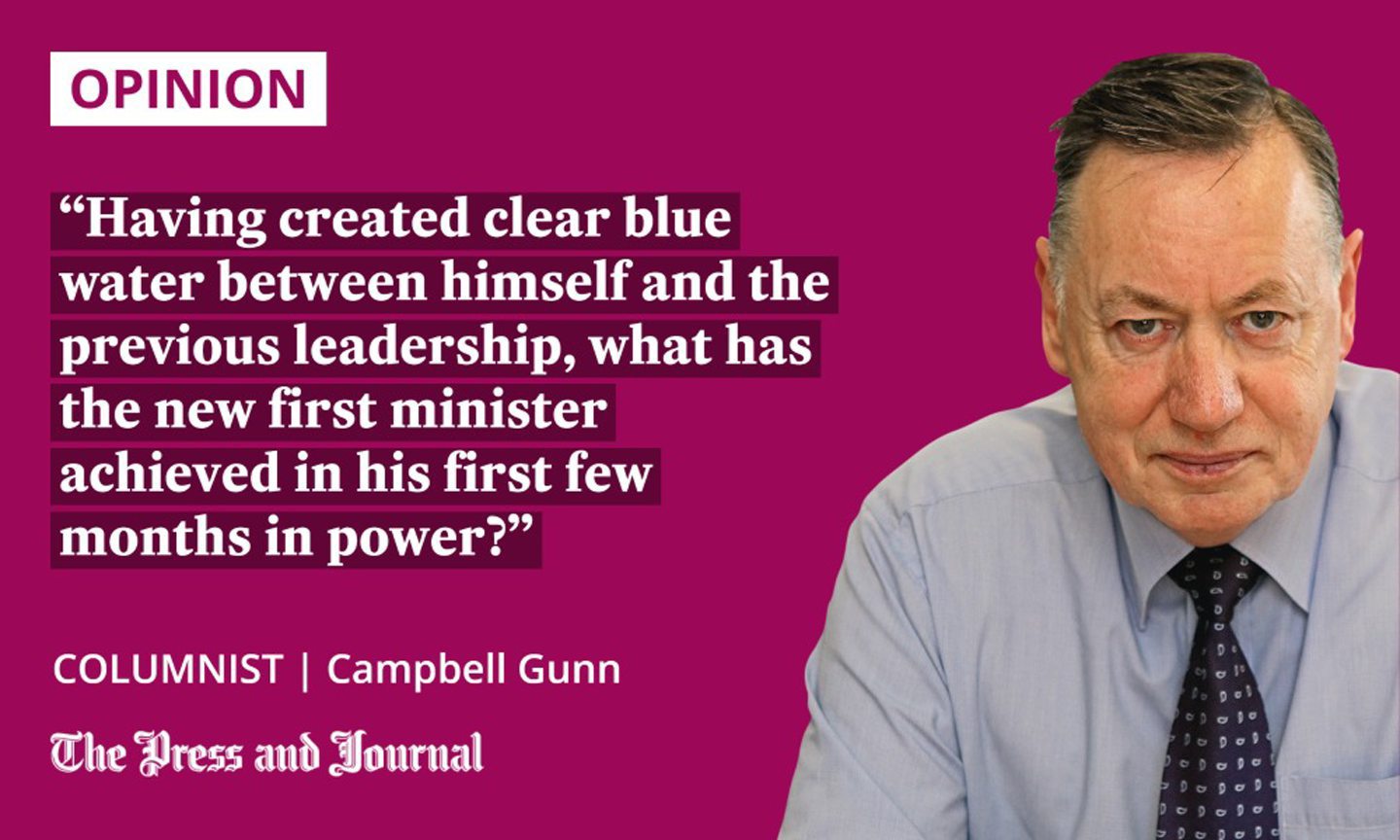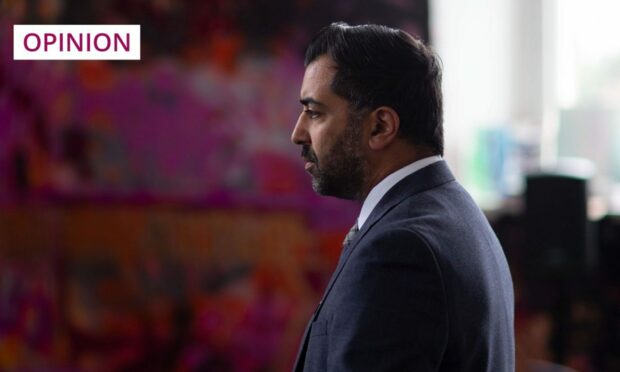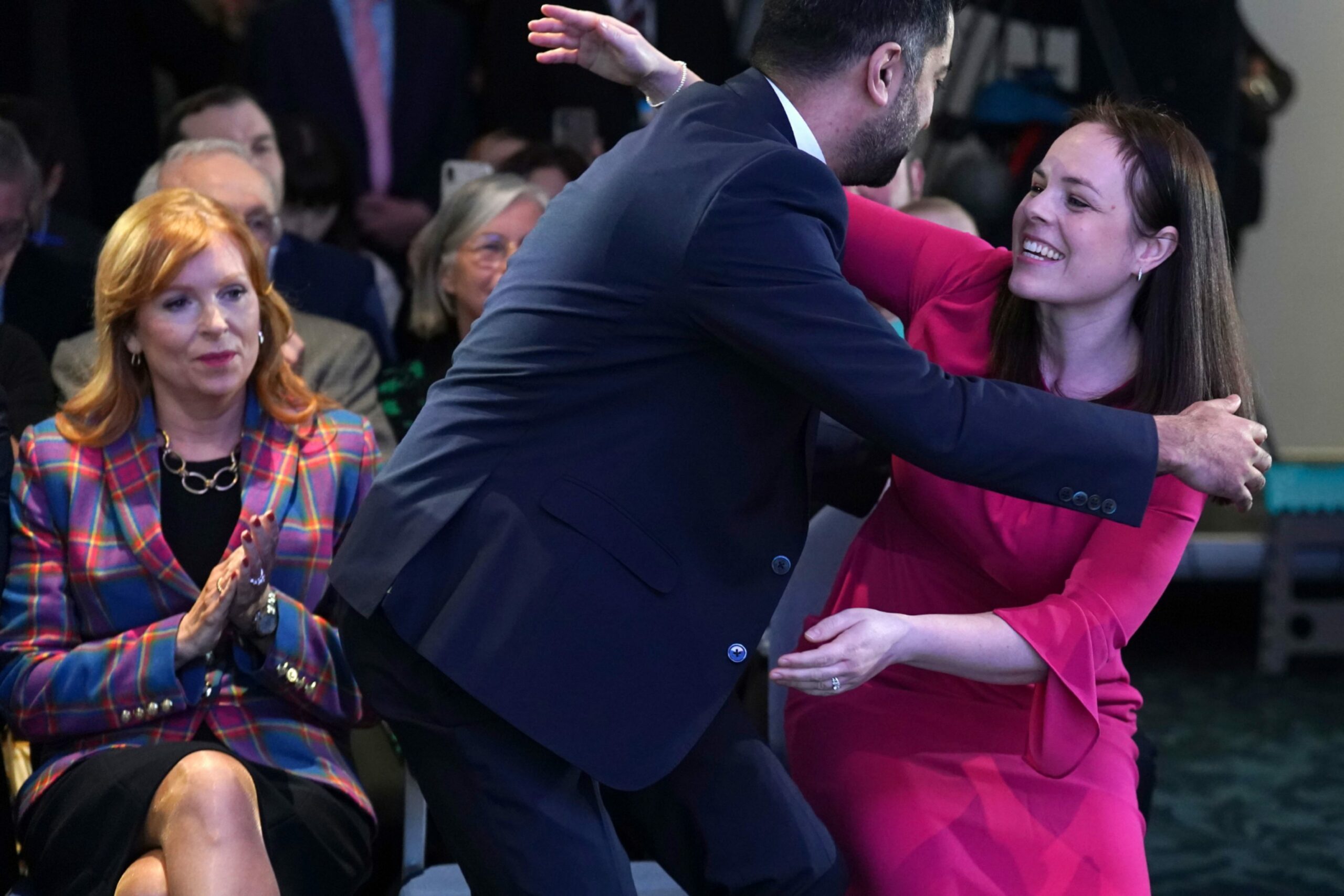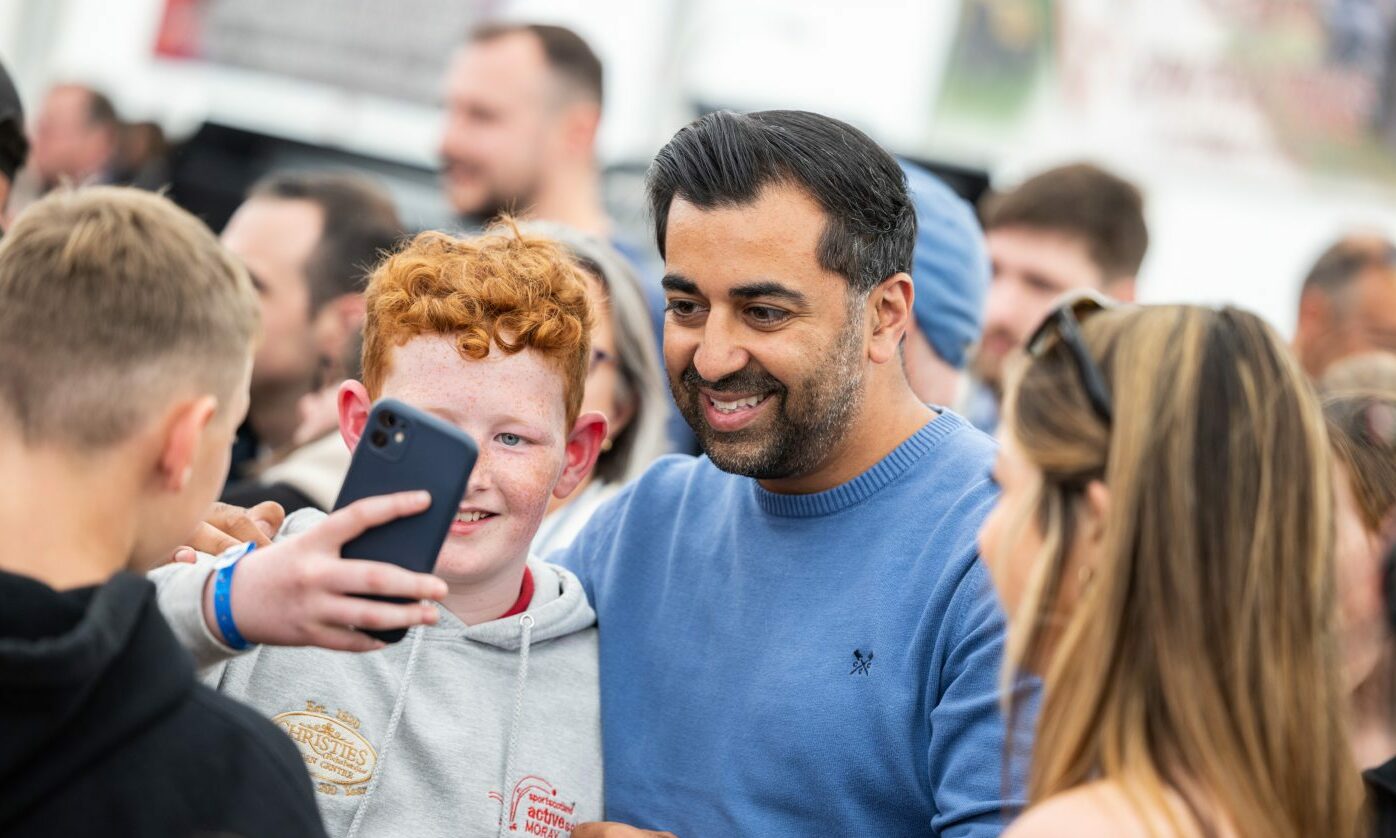There’s no denying that Humza Yousaf has had a baptism of fire in his role as Scotland’s new first minister.
It will come as no surprise that, as I was part of Kate Forbes’s campaign team during the SNP leadership contest, Humza was not my choice for the post he now occupies. And he wasn’t helped by the fact that he won the contest by the narrowest of margins: 52-48.
However, I have to say that I have been agreeably surprised by his performance so far. No matter who had become first minister, the new incumbent would have faced exactly the same problems. The SNP is a party divided, and is facing problems, many of which are not of its own making, on issues such as gender recognition reform (GRR), the deposit return scheme, and highly protected marine areas (HPMAs).
The new first minister was also taking over from a highly experienced and extremely popular predecessor, in Nicola Sturgeon. That, of course, was before the SNP’s current problems with the police investigation, the dreadful optics of police forensic tents outside the former first minister’s home, and the subsequent questions over the now notorious campervan and other reported high value items.
Just a week after Humza Yousaf being sworn in as first minister, the police investigation and the arrests began. Then it also emerged that the SNP’s auditors had quit.

All the other potential problems an incoming first minister was already likely to face were swamped by these more serious issues. Worse, Humza had run a leadership campaign based on the claim that he was the “continuity” candidate, the one favoured by Nicola Sturgeon and her allies. At the time, that may have seemed a good strategy; not so much now.
So, the challenge for the new leader was not only to show competence in the job, but to distance himself from the previous, now tainted, administration. This he has managed to do – at least to a certain extent.
The GRR controversy has been effectively nullified by Westminster, who used Section 35 of the Scotland Act to block it. The deposit return scheme, another controversial proposal, has been indefinitely delayed, thanks to Westminster refusing to allow glass recycling to be included. And the HPMAs scheme was dumped after ferocious opposition from Highland and island communities, along with local MSPs Kate Forbes and Fergus Ewing.
Two out of three of these potential millstones around Humza’s neck have, in fact, been conveniently removed by Westminster. But, having created clear blue water between himself and the previous leadership, what has the new first minister achieved in his first few months in power?
What has Humza Yousaf done since March?
Importantly, he has immediately tried to re-establish links with the Scottish business community, which were healthy under Alex Salmond’s leadership, not so much under Nicola Sturgeon’s. The pause on the deposit return scheme and a rethink on the ban on alcohol advertising were a good start, as has been a pledge to reform business rates.
He has cleared out several of the previous cabinet, and promoted younger, up-and-coming politicians. He appears (from the outside at least) to have created a more collegiate government than operated under Nicola Sturgeon’s small, tight group of confidantes, though the number of special advisers – considerably higher than ever operated under the Labour-Lib Dem or even Alex Salmond’s administrations – may raise some eyebrows.
Last week, Yousaf unveiled the fifth in a series of papers detailing Scotland’s future if (when) it becomes independent. This one examined who could become Scottish citizens – an important issue, given Scotland’s need for an expanded population and our requirement for more immigrants.
The paper, like those before it, brought criticism from opposition parties, who claimed it was a misuse of civil servants’ time. Yet, few of them complained when the UK Government issued a 16-page leaflet written by civil servants, telling people how to vote in the Brexit referendum in 2016.
The first minister has also made a series of announcements on an almost daily basis since the moment he took office, many of which have been virtually ignored by the media, thanks to the outside issues engulfing the SNP for the past few months.
There is no doubt that he will face more problems in the coming months, in the health service, the care sector and, perhaps most urgent of all as winter approaches, ferry services. That’s apart from tackling voices of dissent from within his own backbenches.
On that issue, the party’s October annual conference will be important. Neither Humza nor, indeed, anyone else within the SNP has yet come up with a reasonable proposal on how to progress the cause of independence in a way which cannot be simply ignored or blocked by Westminster.
And how he finds, or fails, to find a solution to that conundrum, no matter how well he actually performs in government, may yet turn out for the SNP membership to be the defining issue of Humza Yousaf’s leadership of the party.
Campbell Gunn is a retired political editor who served as special adviser to two first ministers of Scotland, and a Munro compleatist












